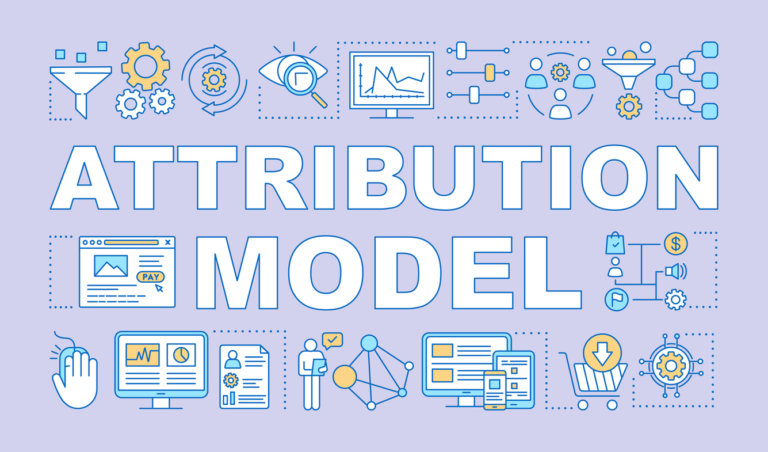Wouldn’t it be nice if digital marketing were like a vending machine? Insert cash and get exactly what you expect to receive—if only! Unfortunately, it can be surprisingly difficult to figure out what helped and what hurt your marketing efforts. Put out four blog posts and get…no traffic? Insert one backlink and leap five spots in the rankings? Huh?
Spending money for unpredictable ROI is disheartening, not to mention poor business management. The good news is that it is now easier than ever to figure out what’s really going on with your marketing campaigns.
Attribution modeling is a way to analyze the effects of different factors to better calculate ROI by channel. However, different models may produce very different results. As always, the best solution for most firms is a little self-education and, likely, hiring outside assistance. Expert marketing agencies like Omnizant can help you implement this tool for maximum benefit.
This article defines attribution modeling, the key benefits of attribution modeling, the limits of attribution modeling, and how to use attribution modeling to improve your marketing efforts.
What is attribution modeling and why should I care?
Attribution modeling is a quantitative way to attribute and examine the effectiveness of different elements on an outcome. Marketing agencies produce these models to help tweak active campaigns or to review a prior campaign before launching a new one. These models may be reviewed with clients or simply used internally.
This modeling process is helpful for understanding the impact of various touchpoints in the customer journey, especially when running multiple campaigns at the same time. For instance, attribution modeling can help determine the impact that your email campaign vs. your Facebook ads vs. PPC had with regard to moving prospects through your funnel.
Why should you care? Attribution modeling provides valuable data at a more granular level. It helps you spot trouble areas and avoid spending money on the wrong tactics. With the data provided by attribution modeling, you avoid throwing the baby out with the bath water.
In other words, attribution modeling gives you specific information about what is and isn’t working. Instead of attributing a failed campaign to a mysterious fluke, you can correctly attribute it to the actual factor that caused you to fall short of your goal. This process can unlock insights that empower you to make better decisions about how to grow your business most effectively.
Single-click attribution
Single-click attribution means examining and assessing just one single touchpoint—even if a prospect has interacted with multiple touchpoints during their journey.
First-click attribution and last-click attribution are two types of single-click attribution.
Use this type of modeling with caution. While single-click attribution modeling can provide useful information, it doesn’t take into account the full user journey. It may even lead you to ignore or discount other factors that play a major role.
Multi-click attribution
Multi-click attribution assigns value to each and every touchpoint in the customer journey. Before generating the model, marketers decide how much value or weight each factor has.
Linear attribution and U-shaped attribution are two types of multi-click attribution.
Naturally, multi-click attribution models are much more complex to set up and analyze. However, the richness of the insights available with multi-click attribution modeling cannot be beaten. You will get a deeper perspective and more actionable insights with this approach.
Review and next steps
To market your firm effectively, you must be able to measure the outcomes of your various marketing efforts. Attribution modeling can help you understand the specifics of what is and isn’t working.
You will need the right technology to leverage attribution modeling. Most CRMs offer these tools, and platforms like Google Ads offer options for which model you’d like to utilize. Then, once you have the tools in place for attribution modeling, it is important to regularly review the data and make your marketing decisions rooted in this fact-based information.
Hiring a skilled marketing agency to perform attribution modeling and execute your marketing campaigns can make it easier for your law firm to grow faster. Get a quote from Omnizant and find out how our team can help you spend your marketing budget wisely by taking advantage of this powerful tool.

